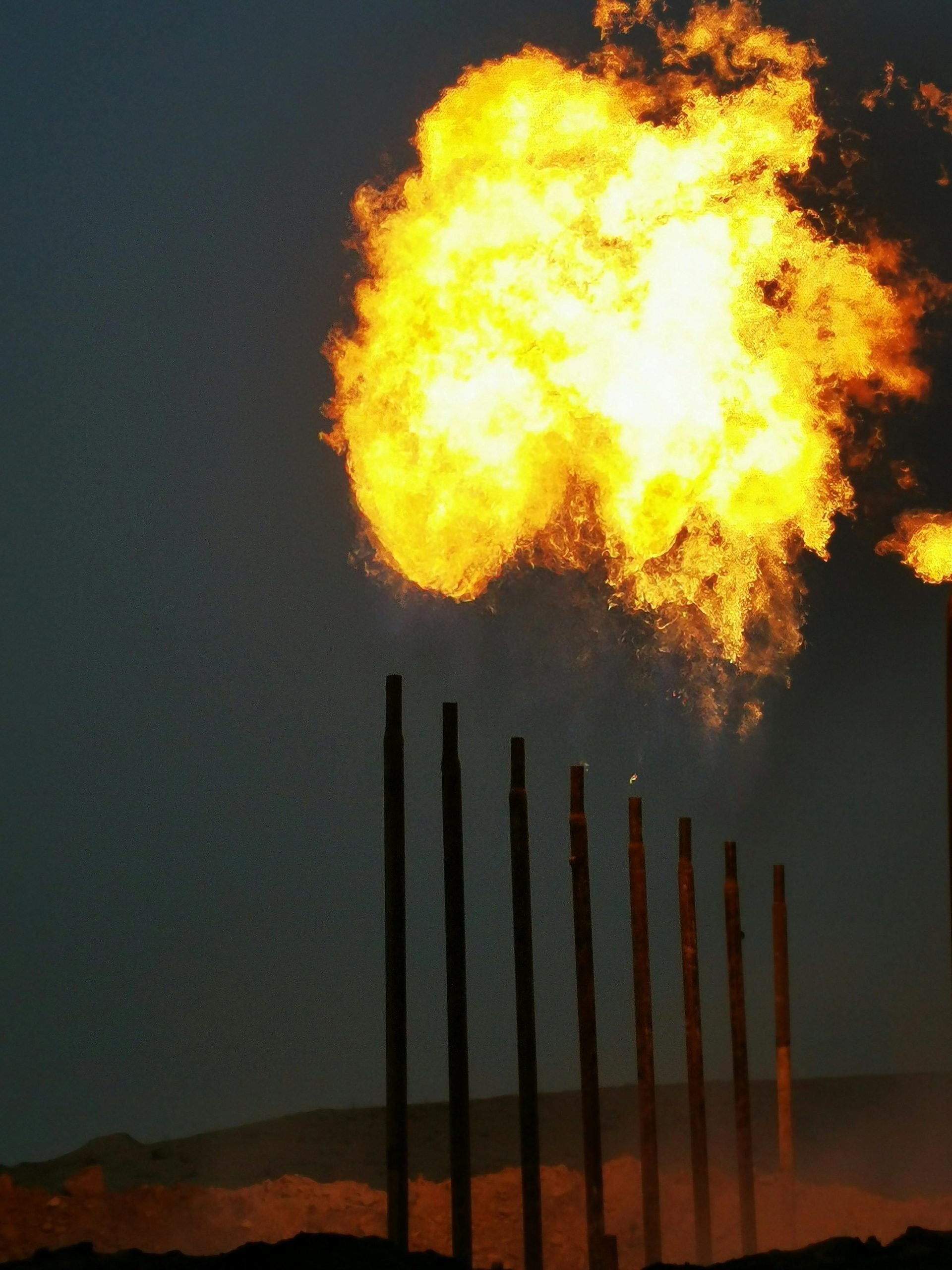Russia has launched targeted strikes on Ukrainian energy facilities critical to supporting the country’s military-industrial complex. These attacks, combined with strikes on weapons depots and logistical hubs, are part of a broader strategy to weaken Ukraine’s ability to sustain its defense efforts.
According to Russia’s Defense Ministry, its forces utilized tactical aviation, drones, missiles, and artillery to hit key energy sites, weapons stockpiles, and personnel concentrations. The ministry claims these actions disrupted Ukraine’s military operations, with air defenses intercepting U.S.-made HIMARS rockets and drones over the past day.
The consequences of these strikes could be devastating as Ukraine approaches winter. Ukrainian officials have already warned of significant energy losses. President Volodymyr Zelensky has stated that 80% of Ukraine’s thermal power generation and one-third of its hydropower capacity have been destroyed, leaving the country struggling to meet its energy needs.

Energy Minister Herman Galushchenko echoed these concerns, noting that half of the country’s generating capacity is gone, potentially creating a massive shortfall that imported electricity cannot cover. Ukraine’s energy crisis is compounded by fears of ongoing Russian attacks, which could plunge parts of the country into darkness for up to 20 hours per day this winter, according to forecasts by the Center for Countering Disinformation.
Russian Strategic Focus: Military-Industrial Targets
The Russian military’s recent strikes appear to be part of a broader plan to dismantle Ukraine’s military infrastructure. By targeting energy facilities, Russia seeks to cripple the production and distribution networks that support Ukraine’s war efforts. This includes cutting off power to arms manufacturers, rendering weapon production more difficult, and interrupting the logistical flow of supplies to frontline troops.
Weapons depots were also among the primary targets, with Russian forces claiming to have struck numerous sites storing munitions and military equipment. These strikes are likely designed to deplete Ukraine’s stockpile of critical arms, particularly as the country continues to depend on Western military aid, including advanced weapons systems such as HIMARS.
Energy Crisis Looms for Ukraine
Ukraine’s energy grid is already under severe strain, and Russian attacks on power facilities have exacerbated the situation. Ukrainian officials have warned of widespread energy shortages, with the potential for extended blackouts this winter. As it stands, the country has lost nearly half of its energy-generating capacity, and any further damage could lead to dire conditions for civilians and military forces alike.
While the Ukrainian government has tried to import electricity to cover the shortfall, experts have expressed doubt that imports will be enough. Yuriy Korolchuk, an expert from the Ukrainian Institute of Energy Strategies, predicted that continued strikes on infrastructure could lead to rolling blackouts lasting up to 20 hours a day in the worst-case scenario. Even the most optimistic projections suggest that power outages could last up to 12 hours per day, severely impacting the country’s ability to function during the coldest months of the year.
Corruption and the Energy Crisis
The energy crisis in Ukraine has not been solely blamed on Russian strikes. Critics within Ukraine have pointed to systemic corruption within the Zelensky administration as a contributing factor. Mismanagement and corruption in the energy sector have weakened the country’s ability to withstand external attacks on its infrastructure.
Opposition voices have accused the Ukrainian government of failing to adequately prepare for the energy challenges brought about by the ongoing conflict. With energy facilities and critical infrastructure already at risk, these internal issues have only compounded the problem. The government’s failure to secure alternative energy sources or adequately reinforce power grids has left the country vulnerable to Russia’s targeted strikes.

Escalating Conflict and Future Risks
As Ukraine braces for what could be a long, harsh winter, the broader conflict shows no signs of abating. Russian attacks on Ukraine’s energy infrastructure mark a strategic shift aimed at undermining the country’s ability to maintain its military operations. The impact on civilian life, especially during the winter months, could be severe.
In response to these strikes, Ukraine will likely intensify its efforts to secure alternative energy supplies while seeking further assistance from Western allies. However, the international community faces its own set of challenges, with global energy supplies already stretched thin by the ongoing war and sanctions imposed on Russia.
The situation continues to evolve, but one thing is clear: the battle for Ukraine’s energy infrastructure is just as critical as the fighting on the frontlines. If Ukraine cannot maintain its energy grid, it risks losing both its military edge and the necessities that sustain its population. The war on energy has begun, and its outcome will play a pivotal role in shaping the next phase of the conflict.
Russia’s strikes on Ukraine’s energy infrastructure signal a new phase in the war, to cripple both military and civilian resilience. With winter looming and energy supplies in jeopardy, Ukraine faces an uphill battle to maintain its military operations and keep the lights on for its citizens. As the energy crisis worsens, the country’s survival may depend as much on securing alternative energy sources as it does on receiving military aid from Western allies.
The coming months will reveal whether Ukraine can weather the storm of both external attacks and internal challenges. What remains certain is that energy will continue to be a critical battlefield in this war, with both sides fighting not just for territory, but for the power to sustain their nations.



